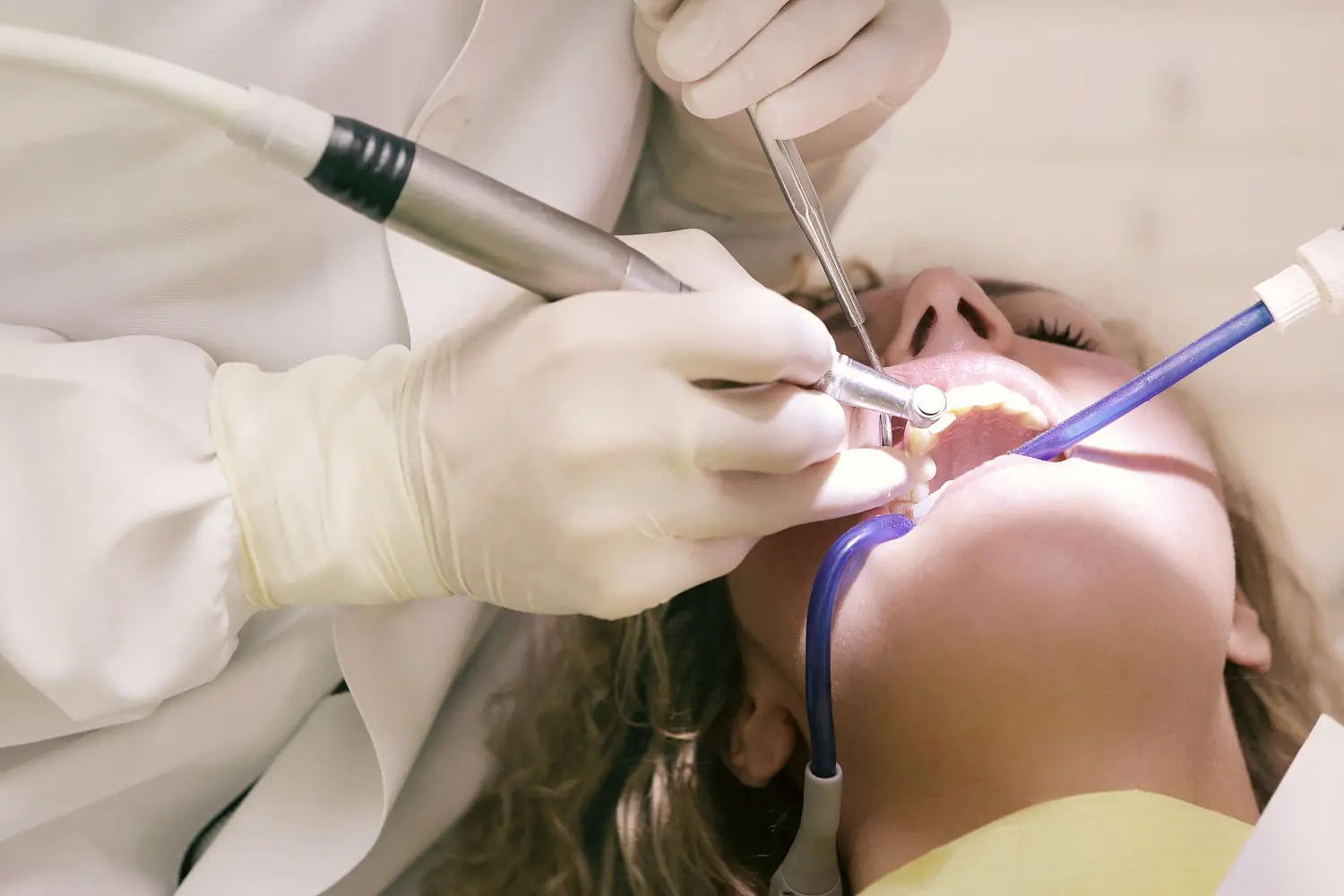Tooth Extractions in Gold River, CA

When is Dental Extraction Needed?
One Of The Major Reasons Why Many Teens And Adults Need Dental Extraction Is To Get Their Wisdom Teeth Removed. Besides, You May Need Dental Extraction If You Have Excessive Tooth Decay Or Tooth Infection. If You Have Teeth Crowding And You Are Undergoing Orthodontic Treatment To Align Your Teeth, One Or More Teeth May Need To Be Extracted To Provide Space For The Other Teeth To Shift Properly Into Place.
Furthermore, Those Who Are With A Compromised Immune System And Are Undergoing An Organ Transplantation Procedure Or Chemotherapy May Need Teeth Extraction To Remove Their Compromised Teeth And Have A Healthy Mouth.
Our Dentist May Also Recommend Tooth Extraction In Case Of The Following Instances:
- A Cracked Tooth Beyond Repair
- Impacted Teeth That Are Failed To Erupt Perfectly
- A Primary Tooth That Obstructs The Eruption Of Permanent Teeth
We will make sure your family is smiling confidently!
Types of Dental Extraction
Surgical vs. Non-surgical Extraction
Tooth Extractions Are Broadly Classified Into Two - Surgical Extractions And Non-Surgical Extractions.
- Surgical Extraction
Surgical Extraction Of The Teeth Is Carried Out When Surgical Techniques Are Needed Either To Section The Tooth Into Smaller Pieces Or To Create An Incision In The Gum To Remove The Teeth. It Is Performed When A Patient Has Impacted Wisdom Teeth, Extensively Damaged Teeth With Little Or No Intact Structure, A Broken Tooth, Or A Tooth That Causes Overcrowding In The Mouth That Needs To Be Removed. A Surgical Extraction Is Performed After Administering Either Local Sedation Or General Anesthesia If It Is An Extensive Procedure.
- Non-Surgical Extraction
Non-Surgical Extraction Or Simple Dental Extractions Are Performed To Extract Teeth That Are Visible Above The Gums. When A Tooth That Has A Severe Root Canal Infection Or A Deep Cavity Can't Be Saved Or A Tooth Is To Be Removed To Create Room For Orthodontic Treatment, Non-Surgical Tooth Extraction Is Carried Out. It Is Done By Numbing The Tooth And The Surrounding Tissues By Local Anesthesia And Loosening The Tooth From Its Socket Using The Elevator Before Removing It With Dental Forceps.
However, We Will Refer To The Oral Surgeon If There Is Anything More Complicated.
Socket Preservation After a Tooth Extraction
Socket Preservation techniques
How to Prepare for a Tooth Extraction
- Before Your Dentist Schedules The Dental Extraction Procedure, They Will Obtain An X-Ray Of Your Tooth.
- Before Finalizing The Procedure, Inform Your Dentist If You Take Any Medications That Include Vitamins, Supplements, And OTC Drugs.
- Besides, If You Will Get Treated With Bisphosphonate - An Intravenous Drug For Some Other Medical Condition Soon, Inform Your Dentist So That He Can Schedule The Extraction Before The Drug Treatment To Prevent The Risk For Osteonecrosis (Bone Death).
Also, Inform Your Dentist If You Have Any Of The Below-Given Conditions:
- Diabetes
- A Congenital Heart Defect
- Liver Disease
- Renal Disease
- Hypertension
- Adrenal Disease
- An Artificial Joint
- Thyroid Disease
- Damaged Heart Valves
- An Impaired/ Compromised Immune System
- Past Occurrences Of Bacterial Endocarditis
Tooth Extraction - Aftercare
Once The Extraction Is Over, You May Need A Few Days To Recover Fully. You Need To Take Care Of The Following Things For Faster Recovery, Minimizing Discomfort, And Reducing The Risk Of Infection.
- Take The Prescribed Painkillers.
- After The Extraction, Bite Firmly On The Cotton Gauze Placed By Your Dentist To Decrease Bleeding And Allow The Clot Formation In The Tooth Socket.
- If You Have Swelling, Apply An Ice Bag To The Area.
- Take Rest For At Least 24 Hours Post The Extraction Procedure.
- Do Not Rinse Your Mouth Or Spit Forcefully For 24 Hours Post The Tooth Extraction Procedure To Prevent Dislodging Of The Clot.
- Restrain Yourself From Smoking As It Can Inhibit Healing.
- On The Day Of Tooth Extraction, Eat Only Soft Foods Like Yogurt, Soup, Pudding, Etc. Start Eating Solid Foods Once The Extraction Area Heals.
- While Brushing And Flossing, Avoid The Extraction Site.
If you would like to learn more about preventive dental care, call River Family Dentistry at (916) 852-7660
